How To Get Started Investing in Your 20s

The single best thing you can do to become a successful investor is to begin in your early 20s. Over your multi-decade investing career, you'll have lots of winners and losers, but time is your biggest ally. Over a long time period, compound interest works its magic; so, even if you earn only below-average returns, you can still end up with a significant nest egg by the time you retire.
See the List: GOBankingRates' Best Banks of 2023
Read More: 3 Things You Must Do When Your Savings Reach $50,000
Discover: GOBankingRates' Best Regional Banks 2023
For example, let's say you invest just $400 per month starting at age 21 and earn only 6% a year on your investments -- well below the 10% long-term average of the stock market. If you retire at age 65, you'll still be looking at an account value of over $1 million!
But why settle for below-average returns when there are steps you can and should take to improve your chances of investment success? Here are the best ways to get started investing in your 20s.

Establish Your Goals
When you're out driving your car, you can't get to your destination if you don't know where you're going. The same is true with investing. Before you put away your first dollar, outline what exactly you intend to achieve with your money.
Most investors have a combination of goals divided by time, such as short term, mid term and long term. For example, you might want part of your savings to go to your wedding, some to your retirement and perhaps some for your kids' college fund. Establishing a time frame for your goals can help you pick the right investments for them.
Take Our Poll: If Elon Musk Offered You a Job Paying You More Than You Make Today, Would You Work for Him?

Understand Your True Risk Tolerance
If you've never invested before, it's easy to think that you can tolerate any type of market volatility, especially when you are young. While it's true that you will have to learn to deal with the ups and downs of the market throughout your investing career, the reality is that most investors can't stomach as much risk as they think they can.
It's one thing to check a box on a form saying you can tolerate a 40% drop in the value of your investments; but, when it actually happens, it can be a gut-wrenching experience.
One way to test how much volatility you can handle is to watch the markets' daily movements and use a no-risk, sample trading account that many financial firms offer. This can allow you to experience market volatility firsthand without risking any actual money.
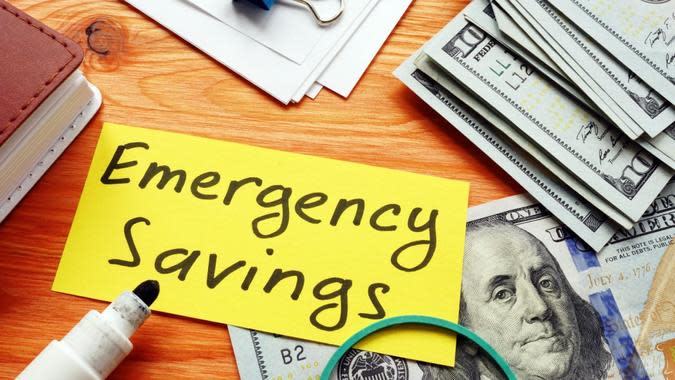
Set Up an Emergency Fund
Most financial advisors will suggest that you set up an emergency fund before you invest for other goals. Without an emergency fund, you might end up in a financial hole right off the bat, if you have an unexpected medical expense, car repair or the like.
If you begin your financial life in debt because you don't have an emergency fund, you may spend the rest of your life playing catch-up as your funds intended for investment are instead diverted to paying down debt.
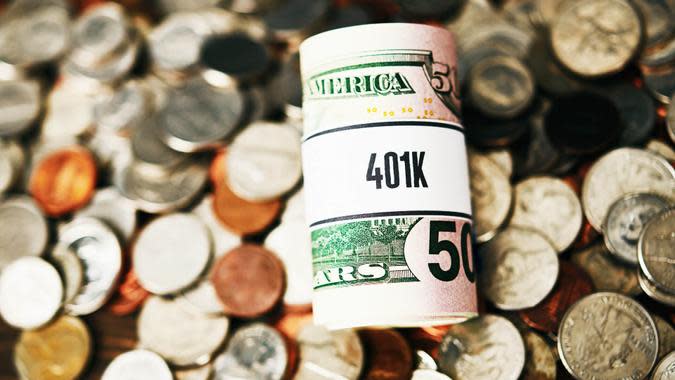
Start Contributing to Your Workplace Retirement Plan
Probably the best investment you can make, particularly as a young investor, is to start contributing to a workplace 401(k) plan -- the list of benefits is staggering.
In addition to being able to exclude your contributions from your taxable income, your employer is likely to match at least a portion of your contributions to your account. This is the closest thing to "free money" you're likely to receive in your entire investment life. Most 401(k) plans also offer a wide range of investments to choose from, and your money grows tax-deferred.
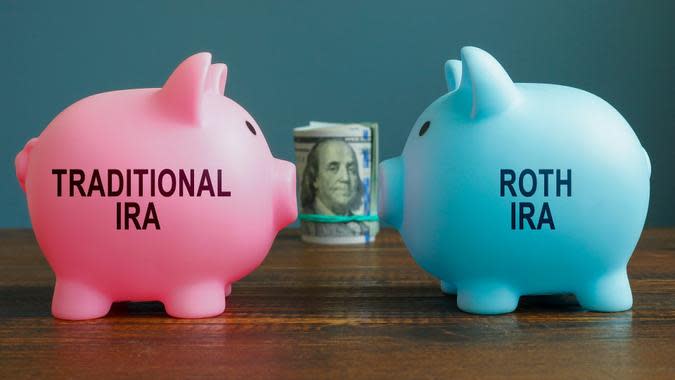
Start an IRA
Not all employers offer 401(k) plans, so sometimes you might have to take your retirement savings into your own hands. If you're not covered by a retirement plan at work, you can open an individual retirement account, which shares some of the benefits of a 401(k) plan.
For example, you can typically get a tax deduction on your contributions, and your investments grow tax-deferred. IRAs usually have greater freedom of choice in terms of investments, but you're also limited as to how much you can contribute, with 2023 limits reaching just $6,500.
If you're still in your 20s, you might want to consider a Roth IRA instead of a traditional IRA. Unlike with a traditional IRA, you won't get a deduction on your contributions to a Roth, but you also won't pay tax on your distributions once you retire.
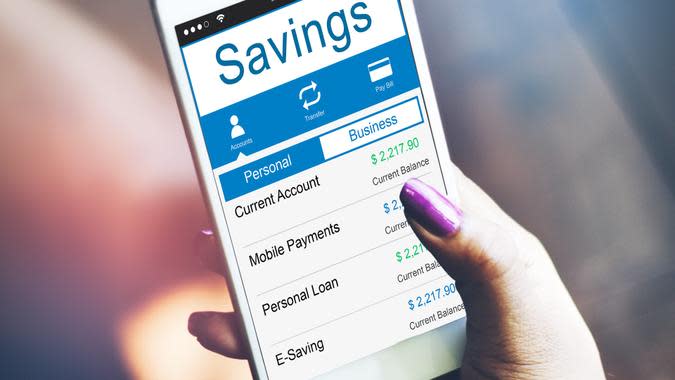
Automate Your Contributions
Your 20s can be a busy time. From starting your first job to perhaps getting married, raising a family and/or buying a house, sometimes setting aside money for your investments can get lost in the shuffle.
To ensure that you are consistently building up your investment accounts, it's a good idea to automate your contributions. This way, money is regularly taken out of your paycheck or bank account to fund your investments without you having to worry about doing it yourself. It also helps protect you from that common human instinct to spend money that's "just sitting" in your account rather than making a conscious choice to invest it.
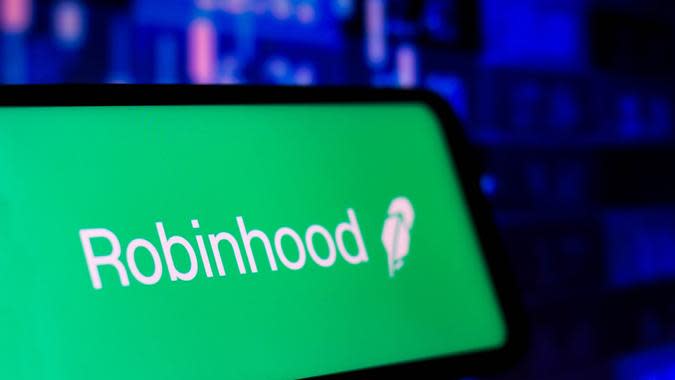
Keep Costs Low
One of the biggest financial benefits to smaller investors in recent years has been the advent of zero-commission trading. When you are just starting out, you don't need to pay the high commissions charged by some full-service firms.
For starters, with a smaller portfolio, high commissions can eat up a greater percentage of your gains, making it harder to achieve your goals. But, as a younger investor, you also don't likely need the range of services that full-service firms offer -- and charge fees to access.
Find a reputable zero-commission brokerage firm for your first trades, or hand your portfolio over to a robo-advisor, who can usually allocate and monitor your investments for an annual fee of 0.25% of your assets or less.

Don't Overtrade
The downside of commission-free trading is that it often encourages overtrading, particularly in younger and/or novice investors. Since trades don't cost anything, it's easy to get lured into a pattern of rapidly moving in and out of stocks. But the reality is that most day traders lose money, in spite of the headlines you might hear about how it's a great method to "get rich quick."
Investing consistently in quality companies over a long time period is one of the best ways to create lifelong wealth.
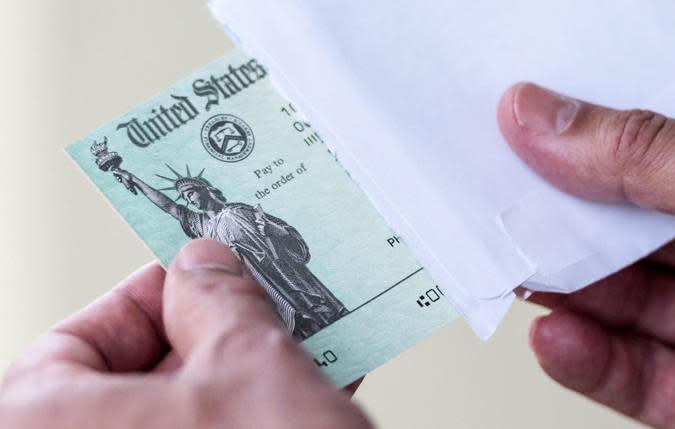
Invest Any 'Found Money'
One of the best ways to rapidly pump up your investment account is to invest any "found money." Tax refunds, year-end bonuses, inheritances and lottery winnings are all examples of "found money," or money you weren't planning on having.
If you can resist the urge to spend this money and invest it instead, you'll reap significant long-term financial advantages.

Increase Your Contributions at Least Annually
When you first start investing, it can be hard to contribute a significant percentage of your salary. For one thing, your income may not be very high when you first start working. But you also aren't yet in the habit of saving and investing, and the adjustment can take time.
To avoid getting stuck in a rut, you should commit to increasing your investment contributions at least annually, as your salary increases. For example, you might start out putting 3% of your income into your 401(k) plan, and then increase that by 1% or more per year. Some investors go so far as to increase their contribution percentage by 1% per month. By bumping up your contributions in small increments, you may not even notice the additional money going into your investments -- until you reap the reward in retirement.
More From GOBankingRates
This article originally appeared on GOBankingRates.com: How To Get Started Investing in Your 20s
